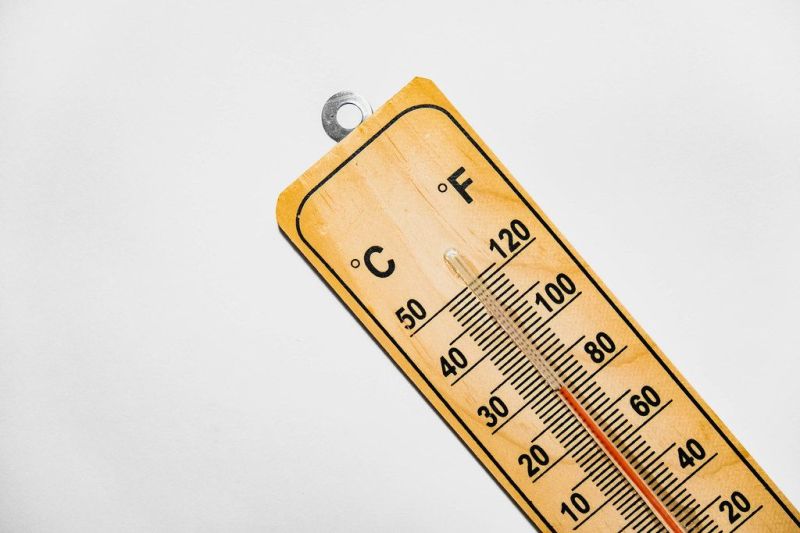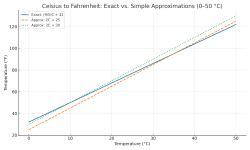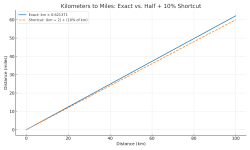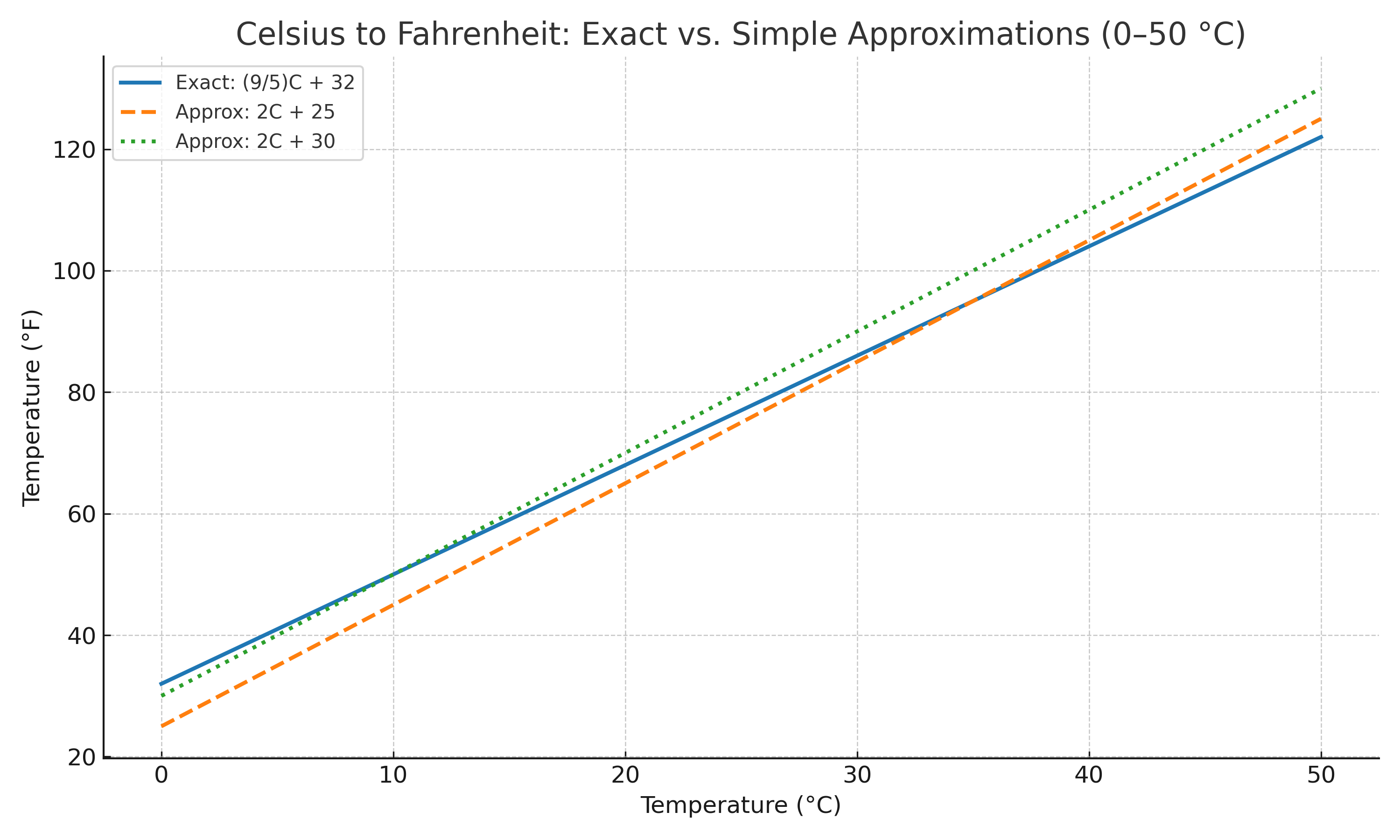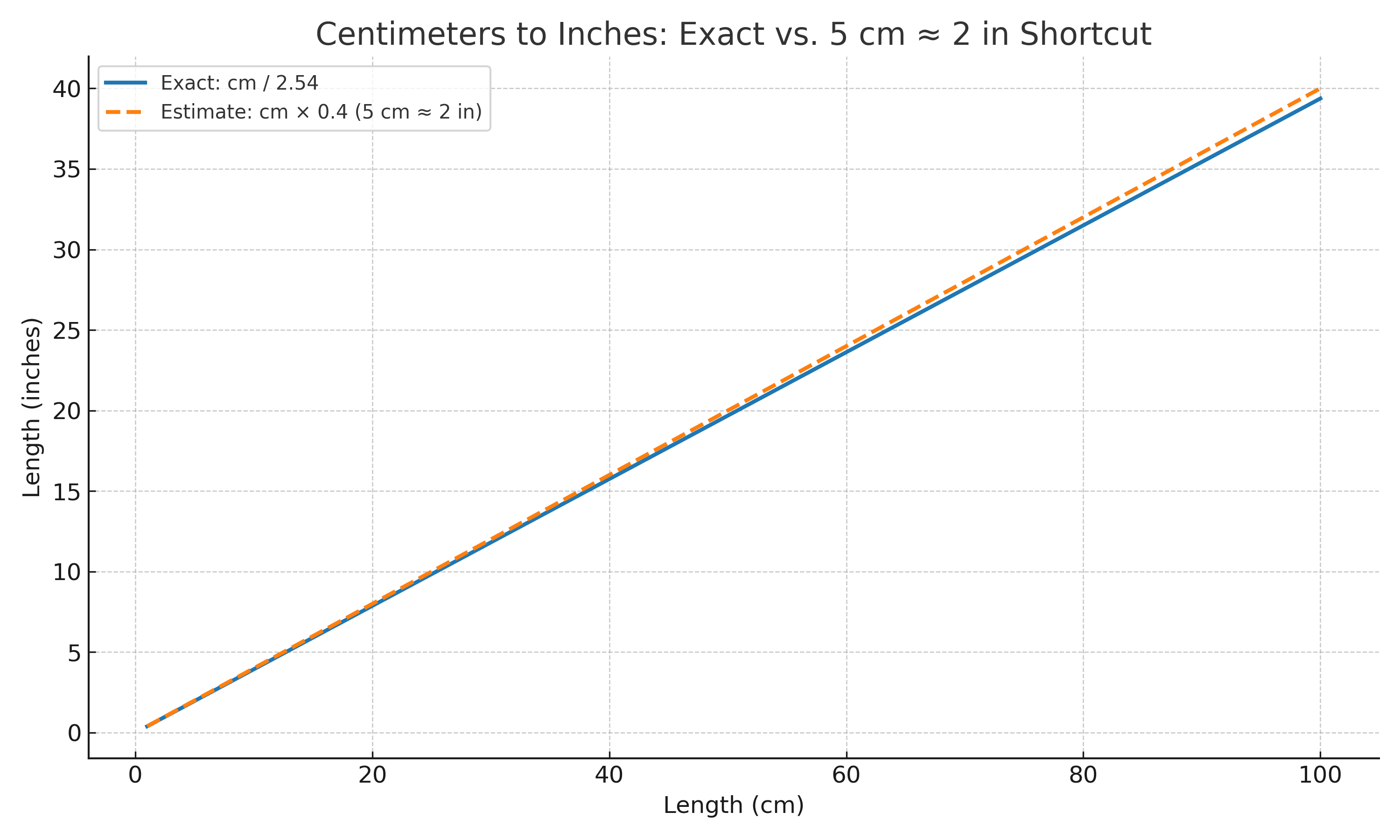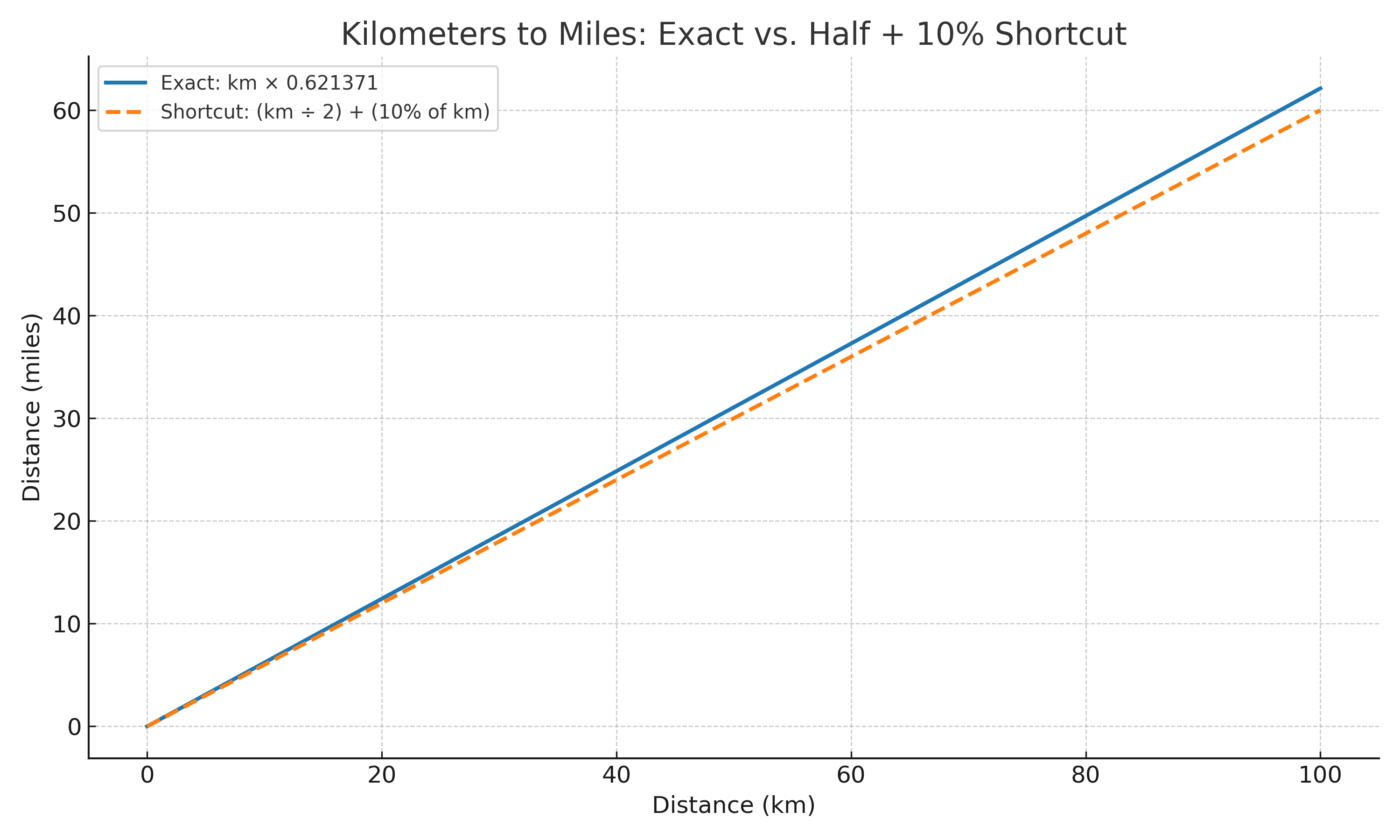For Americans Only: Estimating Celsius and Other Mental Metrics
I know many computer languages, but I’ve struggled all my life to learn a second human language. One of my problems is that I can’t stop trying to translate in my head. Just like Morse code, you need to understand things directly, not translate. But you have to start somewhere. One of the reasons metric never caught on in the United States is that it is hard to do exact translations while you are developing intuition about just how hot is 35 °C or how long 8 cm is.
If you travel, temperature is especially annoying. When the local news tells you the temperature is going to be 28, it is hard to do the math in your head to decide if you need a coat or shorts.
Ok, you are a math whiz. And you have a phone with a calculator and, probably, a voice assistant. So you can do the right math, which is (9/5) x °C + 32. But for those of us who can’t do that in our heads, there is an easier way.
Field Expedient
Close enough for a quick estimate
Most of us can’t multiply by 9/5 in our heads. But 9/5 is very nearly two. So if you double the Celsius temperature, you are halfway there. Of course, the number will be too high. But to make up for it, instead of adding 32, just add 30. For weather temperatures, this gives you a ballpark estimate. For 0 °C, you get 30 °F instead of 32. For 20 °C, you get 70 °F instead of 68. For 35 °C, you get 100 °F instead of 95. All close enough.
If you want to flip the error as the temperature goes up, you can remember to add 25 instead of 30 if the temperature is more than, say 25 °C. Then 35 °C gives you 95 °F on the dot, although other temperatures will still have some error, of course.
The error gets worse as the temperature rises, but it has to get fairly high before it gets useless. For example, my AMD CPU is currently at 48 °C. Using the +25 estimate, that’s 121 °F, instead of the correct 118. But maybe it won’t help you set up your metal smelting furnace.
Other Estimates
Centimeters to inches the easy way.
This is a useful way to embrace metric. Find rough estimates for units you deal with. For example, 2.54 cm/inch is not the easiest thing to apply. But if you remember that 5 cm is about 2 in, that works well. So a 160 mm rod is 16 cm. If you think of that as 3 x 5 + 1, you’ll know it is 6 inches plus an extra centimeter. The right answer is about 6.3 inches. Not close enough to start cutting things, but it does give you a feel for how big a thing you are talking about.
If you lived through the time when gasoline in the US went from less than $1/gallon to over, you might remember that many gas stations switched to liters because the pumps couldn’t be set for a dollar. The reason is a liter is very nearly a quart, and there are four quarts to a gallon. So 12 liters is practically 12 quarts or 3 gallons. This turns out to be very close.
Kilograms and kilometers are a bit trickier. The right way to imprecisely convert kilograms to pounds is to multiply by 2.2. But a nice mental math trick is to double it. Then remove the last digit and add the rest back in to the whole result. Then put the last digit you removed after the decimal point. So 8 kg would be 16+1 (throw away the six) or 17 pounds. Then put the 0.6 in for the correct answer of 17.6 pounds. Of course, the conversion factor isn’t exactly 2.2, but that’s what most people use anyway. If you are trying to be scientifically accurate, none of this is going to help you.
Estimating kilometers.
The factor for kilometers is roughly 0.6 km/mile or 1.6 miles/km. If you halve the kilometers, that will get you a fairly low estimate. So 35 km (21.7 miles) is easy to guess as more than 17.5 miles. That’s a pretty big difference, though. But if you then add 10% of the 35 back (3.5) you get 21 miles which is close.
Advice
I’m not trying to say that these rule-of-thumb tricks are good when you need an exact answer. But they are handy when you simply want a gut feel over some measure. Over time, you’ll just naturally know that 35 °C is summer-weather hot and you need more than a coffee mug to hold 3 liters.
Do you have a favorite fast conversion back or forth from metric? Share it in the comments. Americans love their strange measuring system. Turns out, some of the reasons we didn’t get metric was due to pirates, as you can see in the video below.
youtube.com/embed/WoUBpPbv0zs?…
Featured image: Wood thermometer on white background by Marco Verch under Creative Commons 2.0
hackaday.com/2025/08/14/for-am…
